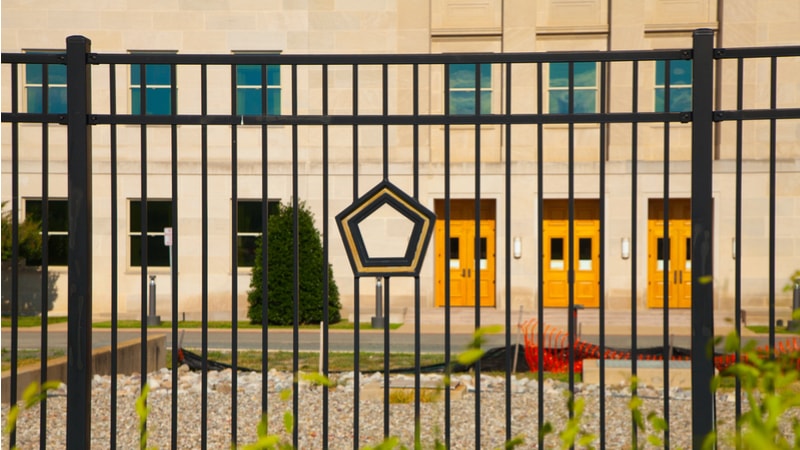
The Department of Defense (DoD) will soon roll out its first awards under the $9 billion Joint Warfighting Cloud Capability (JWCC) contract, a spokesperson for the Defense Information Systems Agency (DISA) confirmed to MeriTalk.
In December 2022, the DoD selected Amazon, Google, Microsoft, and Oracle for its long-anticipated JWCC contract, a follow-up to the Pentagon’s failed $10 billion Joint Enterprise Defense Infrastructure arrangement.
The four tech giants will compete for work tied to JWCC, which spans unclassified, secret, and top-secret designations. Each is guaranteed only $100,000, though potential orders could total billions, according to the terms of JWCC. The contract comprises a three-year base and one-year options, meaning work could be done through 2028.
JWCC secret-level bidding opportunities, where the warfighter operates, will be made available in the coming weeks. Top-secret opportunities will come sometime early this summer.
“We have the first batch of task orders, if you will, that are in the pipeline and getting closer and closer to award … and then we have other task order packages that are fast followers,” DISA’s Hosting and Compute Center (HaCC) Director Sharon Woods said Tuesday at an online event hosted by Defense One.
“One of the things we did was stand up a hybrid cloud broker office. It is the single point of entry, the front door, into HaCC to understand the full breadth of all our capabilities and to learn about JWCC,” Woods added.
The growing interest in commercial cloud services has resulted in “more and more task order possibilities,” according to Woods. She also noted that the department is looking at whether offerings under JWCC drive cloud initiatives at individual service branches, such as the U.S. Air Force Cloud One and its prospective successor, Cloud One Next.
The JWCC program is meant to serve as a backbone for the Pentagon’s connect-everything-everywhere campaign, also known as Joint All-Domain Command and Control (JADC2). However, it does not hinder any work the service branches undergo, Woods noted.
That unification, Woods explained, “starts opening doors on ‘what does JADC2 to look like’ globally. How do we move applications and data around? How do we achieve interoperability?”
“How do we leverage things like APIs and data portability, and all of the things that we talk about, to achieve that interconnected web of all of our applications and data,” she added.
